Introduction In recent years, the shift towards metal roofing in…
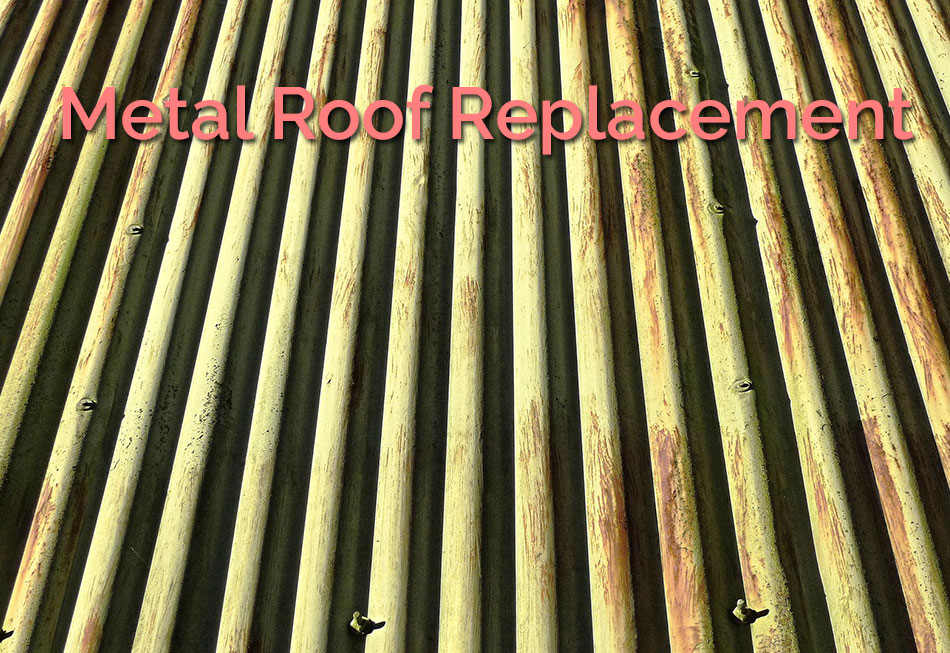
Metal Roof Replacement
A roof is battered daily by the environment. Sun, rain, hail, and wind all put your roofing system through the gauntlet, especially in areas with harsh weather conditions in Australia.
To be able to withstand the pressure, your roof needs to be cared for and maintained regularly. Unfortunately, there comes a time when roof restoration or repair is no longer a viable solution. It eventually comes to a point where patching up the roof gets significantly more expensive than an outright replacement.
Signs your roof may need replacing
To ensure your roof is constantly in top condition, it needs to be inspected regularly. A qualified roofing specialist will be able to best advise you when your roof reaches the point beyond repair and if it’s time to consider roof replacement, also known as re-roofing.
Many factors could signal that it is time to re-roof your home.
- Time is the harshest judge of all. That’s why every product, including roofing materials, has a specified warranty period and life span, past which repairs give diminishing returns. For older roofs, a roofing inspector will be able to best advise you if you’re past the lifetime of your roof.
- If you are dealing with a leaking roof, it is best to call a roof plumber to look into the issue. While in some cases it could be a quick and easy fix, in other cases the damage could turn out to be so severe that roof replacement needs to be scheduled.
- When water builds up on your roof it could cause sections of it to sag but a sagging roof may be hard to notice. After all, it is often hard to monitor the roofing surface from the ground. Still, if you or a roofing inspector notice that the surface has begun to sag, immediate actions need to be taken. Failing to address the issue on time could lead to the collapse of your entire roof.
- Temperature control. Most metal roofs come with the added benefit of controlling the temperature in your home. Combined with proper installation, a metal roof keeps your house cool during the summer by absorbing the heat before it has entered the inside of the house. Other finishes directly reflect the heat away from the building. If your metal roof stopped performing its heat control functions or never provided them in the first place, it may be the right time to replace the roof.
Benefits of metal roofs
If you already know you are going to have to replace your old metal roof, you may consider switching to a different roofing material. Sticking to a metal roof, however, has many benefits you may wish to take into account.
- Metal roofs are a great choice in terms of longevity. Because of modern technology, especially metallurgy, and advanced coating options, metal roofs could last up to 50 years. With regular and proper maintenance, you could eke out a few years extra.
- A roof is constantly pummelled by the elements. To ensure impeccable protection for your home, Colorbond steel has been designed to meet the needs of homeowners throughout Australia and can withstand winds, hail, rain, and even bush fires.
- Compared to an equivalent amount of tiles, metal roofs are significantly cheaper. Also, the installation is easier and quicker, which also reduces labour costs. All of this makes metal roofs perfect if you need a quality roof on a budget.
- Ease of maintenance. Metal roofs are not only easy to install but also easy to maintain. They require minimal involvement and they are easy to clean or repair as the need arises.
- Insulation properties. As mentioned before, modern metal roofing materials can keep your home cooler during the summer months. The heat-reflecting metal sheets act by preventing the heat from entering your home.
- Recyclable materials. Metal roofs are also great for the environment. While expired metal roofs are 100% recyclable after they have done their duty, new metal roofs are also produced from recycled materials. Besides, the heat-reflecting sheets reduce the energy consumption required to cool your home.
 Metal roof replacement options
Metal roof replacement options
Metal roofs are built to last but even the best roofing materials come to a point when a new coating will not be sufficient and replacement is required.
Metal roofs have proven themselves in the harsh Australian conditions. They have been protecting people’s homes for over 160 years and it is no wonder they are still a preferred choice when it comes to shielding you from storms, fires, and even termites.
Because of their durability, metal roofs are among the most suitable systems for Australian homes. When you decide it’s time to replace your roof, there are several options for you to consider.
Colorbond
Tested for 50 years in Australian conditions – Colorbond
Colorbond roofs are among the most popular metal roof solutions in the area. Colorbond steel is designed specifically to meet the needs of Australian residents and protect them from anything nature is willing to throw at them, including not only sun, storm, and hail but also devastating bushfires.
Colorbond, as well as other stainless steel roofs, are also the only choice if you live in a severe or very severe marine environment, i.e. 200m or closer to a beach. The materials are also recommended for homes up to 1km from the beach. Should you prefer another roofing material, it is best to discuss this with the roofing company to avoid future corrosion problems.
At the same time, Colorbond comes in a variety of colours to match your preferences. The colour is baked into the steel which makes it even more durable and you could safely expect your roof to look good for years to come.
 Zincalume
Zincalume
Setting a new industry benchmark, next generation Zincalume steel meets the growing demands of a changing built environment for durability, resilience and sustainability – Steel
Zincalume is a combination of aluminium, zinc, and silicon. In Zincalume roofs, the steel is galvanised with zinc. As a result, Zincalume provides outstanding bush fire protection and is suitable for high bushfire rated zones.
This type of roofing is also suitable if you have a very flat roof, even as low as 1.5°.
While Zincalume is known as an exceptionally durable material, it is also completely recyclable and environmentally friendly. It is also a great option if you’re re-roofing your home on a budget, as Zincalume is cheaper than other steel roofing solutions.
On the other hand, Zincalume has lower thermal efficiency and is still available in a limited number of colours.
 Copper
Copper
Copper offers a unique character and durability as a roofing material. Its appearance can complement any style of building, from traditional to modern, its warmth and beauty make it a desirable material for many architects. – Wikipedia
Copper can be seen as a roofing solution on many architectural masterpieces dating back centuries ago but its aesthetic appeal is not the only reason for its popularity.
Unlike other steel roofing types, copper does not rust or corrode. It also doesn’t have to be re-coated or repainted. Copper is also extremely lightweight, long-lasting, and fire-resistant. In essence, you get a nearly maintenance-free solution.
As a premium material, however, copper also comes at a premium price. That’s why many homeowners choose copper as an accent to their roof rather than a complete roofing solution.
Zinc
A zinc roof usually consists of 99% pure zinc enhanced with some copper and titanium. The combination adds to its great durability and anti-corrosion properties.
Zinc roofing is also extremely lightweight and nature-friendly. And if you need a non-standard metal shaping to suit your roof’s needs, zinc is also easy to form into various shapes.
On the downside, when water or higher levels of moisture remain on the metal for a longer period, it could still corrode despite its anti-corrosion properties. Therefore, zinc roofing is recommended to be completed with a protective coating. A drainage layer should also be installed to avoid excessive moisture levels.
Aluminium
Aluminium roofs are especially suitable for coastal homes. They are resistant to corrosion, strong, energy-efficient, and easy to install and maintain. They also provide great protection against fires and fallen objects, like broken branches during storms.
Aluminium roofs are also extremely long-lasting. When installed properly, the metal could keep your home protected for up to 50 years, with minor maintenance from time to time. Still, because of its durability, aluminium is also among the more expensive roofing solutions.
Metal to metal roof replacements
When you are ready to replace the roof of your home, there are two main options ahead of you.
- To stick to the same roofing material
- To change to a different roofing material
Should you decide to opt for the second choice, be sure to consult with your roofing contractor. Even if you’re switching from one metal to another, it is possible that the current structure of your roof is not entirely suitable for the new material.
Metal Roof replacement process
Before you dive into the roof replacement project, we have summarised the process so you have an idea of what to expect and how to avoid unpleasant surprises.
Step 1. Arranging a roof inspection
The first step before taking up any roofing project is to hire a roofing specialist that will carry out a detailed inspection on your roof. As a result, the inspector should give you detailed information on the state of your roof and the options you have from this point on.
The roofing specialist is the person who should advise you on whether any damages found could be fixed by roof repair, restoration, or replacement.
Step 2. Getting a quote
If you have hired a roofing company for the inspection, you could also ask for a written quote on all the services and materials required to re-roof your home. This is the time to advise them what you expect from your new roof and what is your budget.
Reputable companies will usually be able to provide you with a detailed quote within 24 to 72 hours after the inspection. You could also ask them about the workmanship and manufacturer warranty for the materials, if the quote is too good to be true, it probably is.
Having the quote in writing will help you avoid hidden charges later on in the project.
Step 3. Preparing the roof
At this point, the roofers will need to install any safety measures that will be required for the job. If your home is located in the Melbourne area, guardrails should be installed before working on any roof that is over 2 metres high.
They could also add extra protective measures to guard your plants, landscaping, and walls during the removal of the old roof.
The roof and gutters should also be cleaned to establish a clear working environment.
Step 4. Removing the old material
The roofers will start to strip away the existing roof to clear the way for the new installation.
During the old roof removal, the contractors should also inspect the structure of your roof. Any signs of rotten battens or other water damage should be addressed before installing the new sheets. If needed to be replaced, the contractor should recommend new battens that would comply with the building codes.
Step 5. Export the old materials from the property
When signing your contract, be sure to check whether the roofing company will export the old materials from your property and whether this is included in the price of your project.
If you’re replacing an old metal roof, most of the materials that were stripped from your roof could be recycled. However, there could still be such that would need to be dumped and a fee would be charged.
Step 6. Installing the new sheets
After the old roofing materials have been removed and the roof structure is confirmed to be in good condition, it’s finally time for the new roof to be installed.
First, a layer of protective foil or another form of insulation is usually installed, depending on the needs of the roof and the selected material. After that, the roofers will start preparing the edging of the roof to suit the alignment of the new metal sheets.
The panels will then be laid down and arranged carefully. Special attention should be paid to any penetration points such as chimneys, skylights, vents, and flues.
Step 7. Installing gutters
Gutters are an important element of any roof. Therefore, their maintenance is as important as the roof itself. When replacing your roof, it is a good practice to replace the gutters as well.
There are several types of gutters you could choose from, including:
- Quad gutters
- Square line gutters
- Box gutters
- Mini line gutters
If you’re not sure which type would best suit your needs, your roofing company should be able to advise you on the matter.
Should you wish to add an extra layer of protection, gutter guards could prevent the buildup of dirt and leaves and attenuate some issues with vermin and insects.
 Step 8. Extra protective layers
Step 8. Extra protective layers
Depending on the material you have chosen, the roofing contractor may recommend that an extra protective layer is added in the form of a silicone adhesive. This will ensure the prolonged durability of the roof and will serve as an additional insulation layer.
Since some metal types already have such properties built-in, the extra coating may not be required during the installation.
Step 9. Finalising the job
Roofing can be, and most often is a messy job.
When the roof replacement is completed, a reputable roofing company should leave the site in the state they found it. In other words, you should be able to enjoy the view of your brand new and shiny roof without having to think about the mess they left behind.
In case you are not satisfied with the way the job is completed, be sure to address your concerns before issuing the complete payment.
How long does it take to re-roof a house
The exact time required to replace a roof depends largely on the size and complexity of the roof itself. If the roofing structure turns out to be in an unsatisfactory condition, the replacement of the timber-work could take a day or two as well.
Still, to have some idea, it generally takes 3 to 6 working days to re-roof a home from start to finish, including preparing and removing the old roofing, installing the new sheets, and leaving the site in a presentable condition.
The costs of metal roof replacement
Many factors affect the final costs associated with your re-roofing project. To get an exact quote, you would need to schedule a meeting with the roofing company. At the meeting, they would inspect the current condition of the roof, measure the surface, and advise you on the possible solutions.
Many roofing companies can also give you an estimated quote but you need to keep in mind that such an estimate may vary from the final price.
The factors that affect the cost include:
- Size of the roof in square metres
- Complexity of the design or angle changes
- Number of house levels
- Roof type — flat, pitched, etc.
- Roof frame type — timber, steel, etc.
- Desired roof material — Colorbond, zinc, etc.
- Current roof material
- Additional materials needed
- Whether gutters need to be replaced
- Site location and ease of access
In some cases, part of the issues could stay hidden until the old roof is removed. This could include damaged battens or insulation.
Such changes to the scope of the re-roofing project should be communicated immediately. To avoid potential issues, ask if the new quotes would be added to the contract.

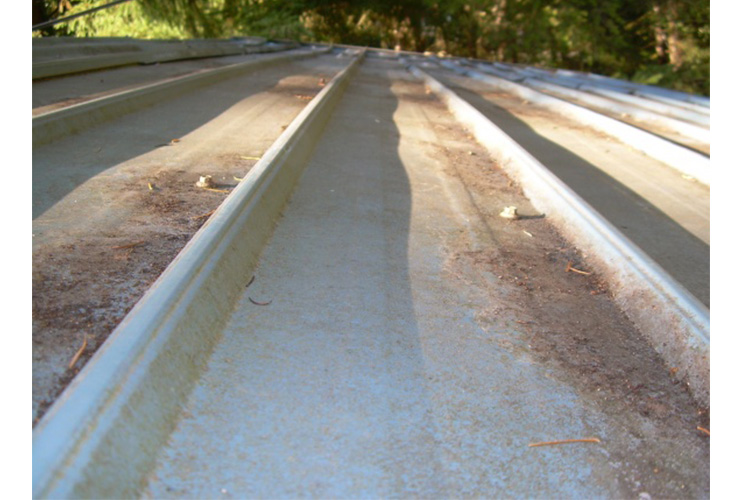
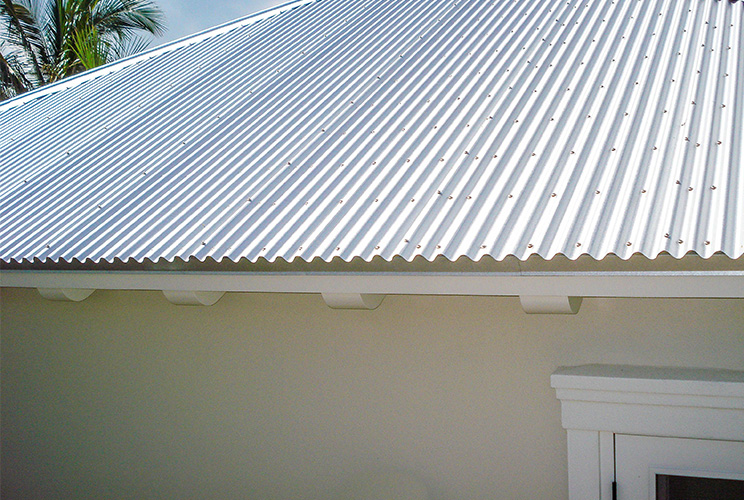 Metal roof replacement options
Metal roof replacement options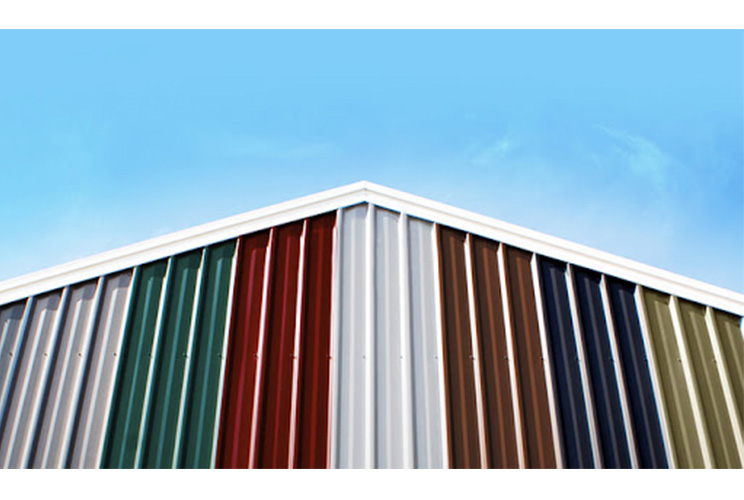 Zincalume
Zincalume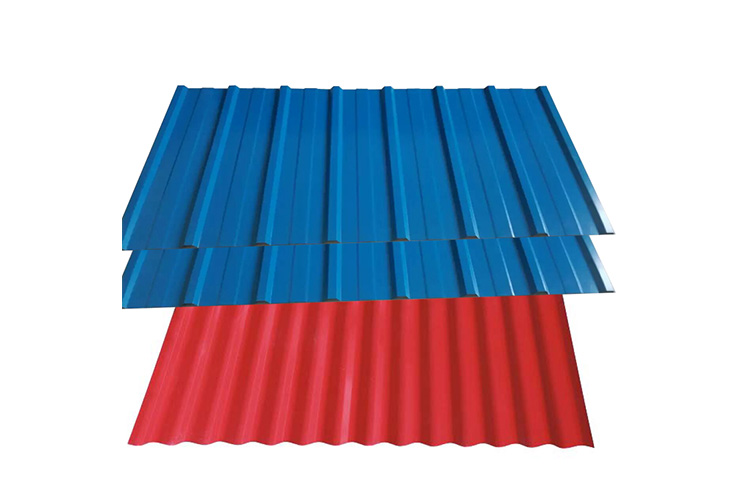 Copper
Copper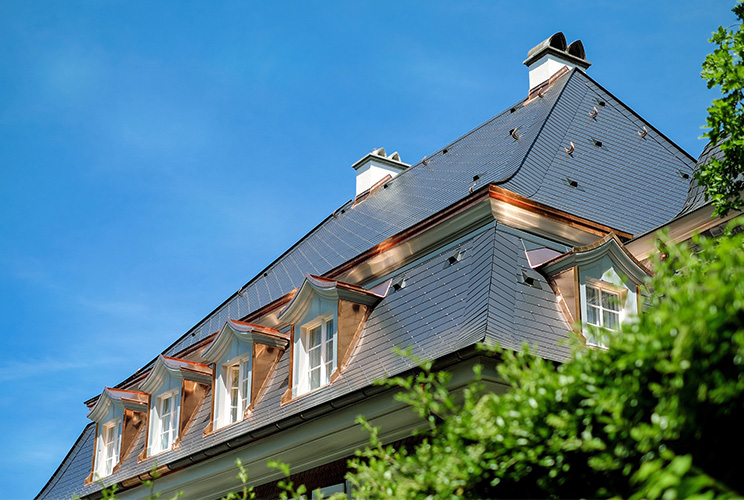
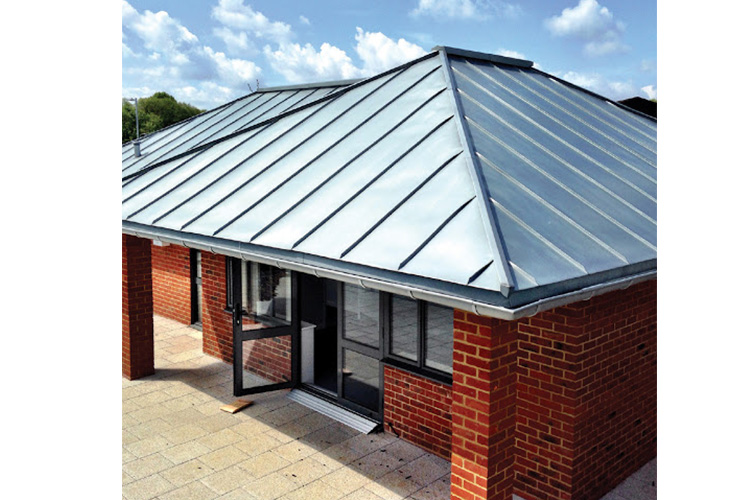
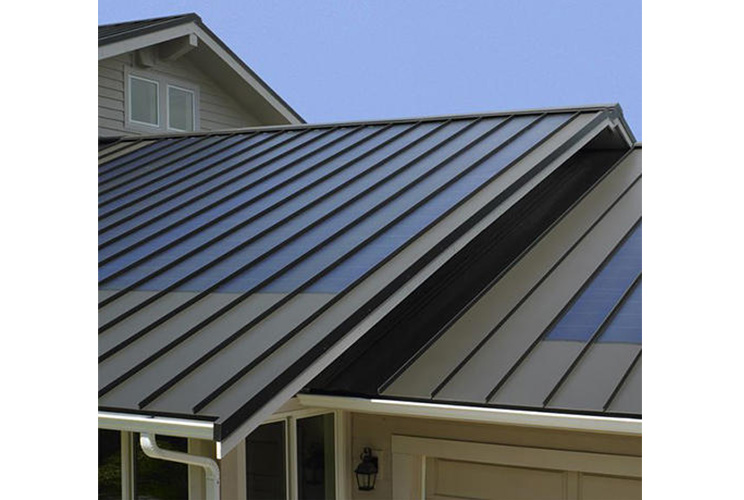
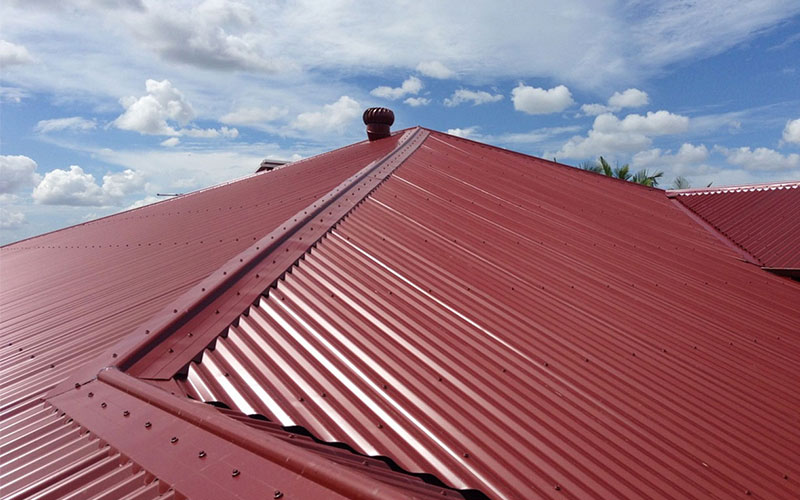
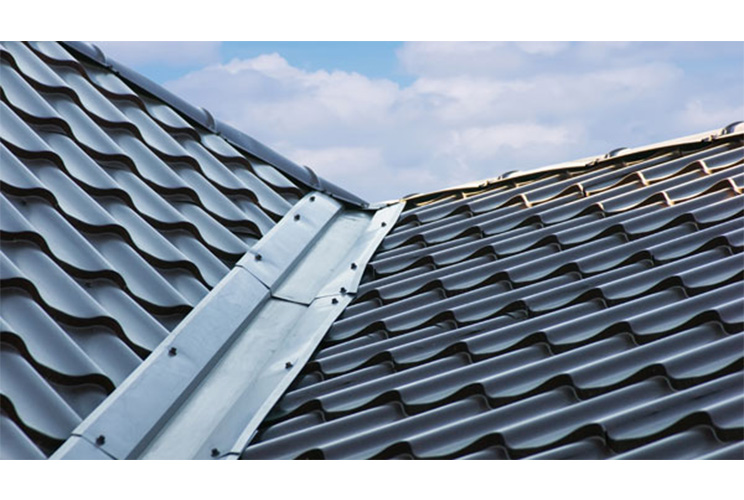
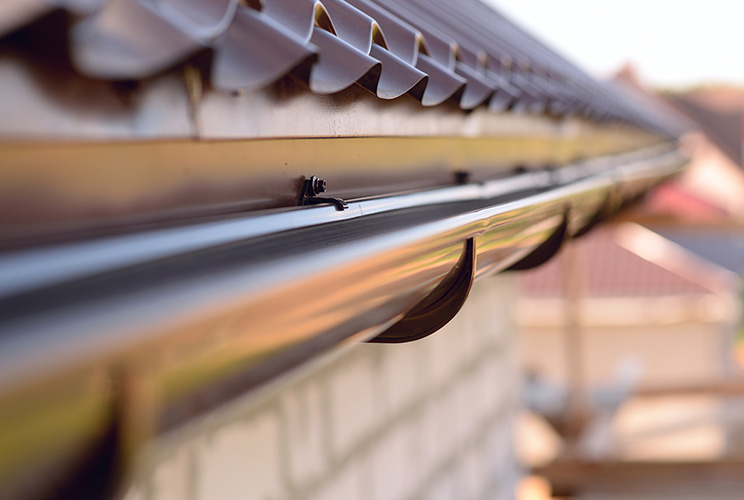
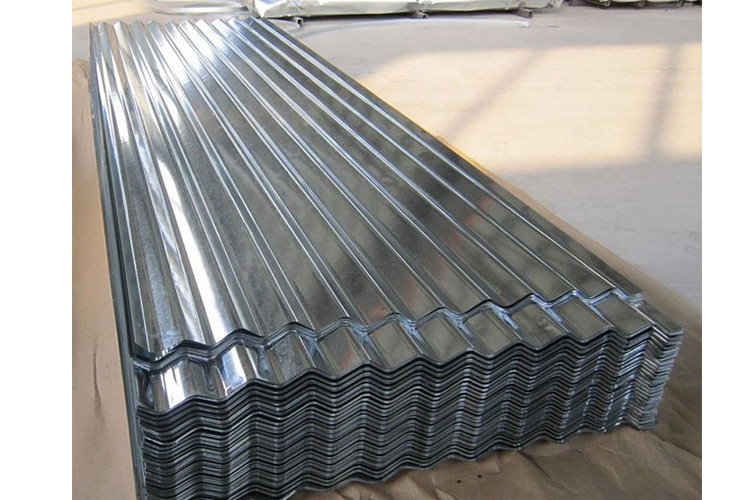
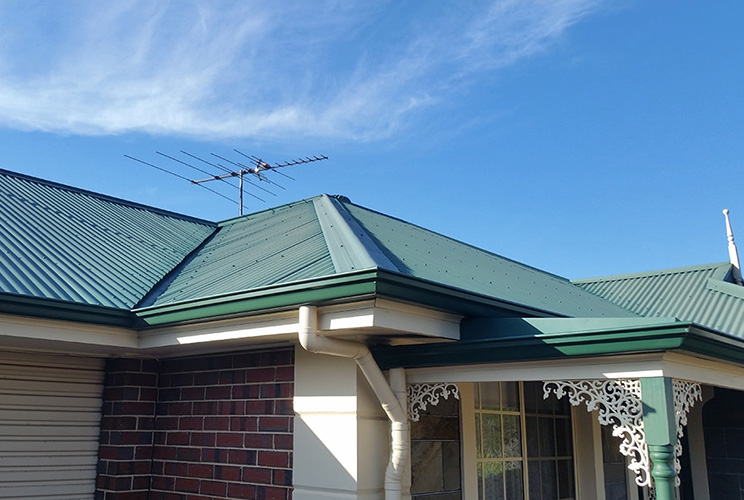 Step 8. Extra protective layers
Step 8. Extra protective layers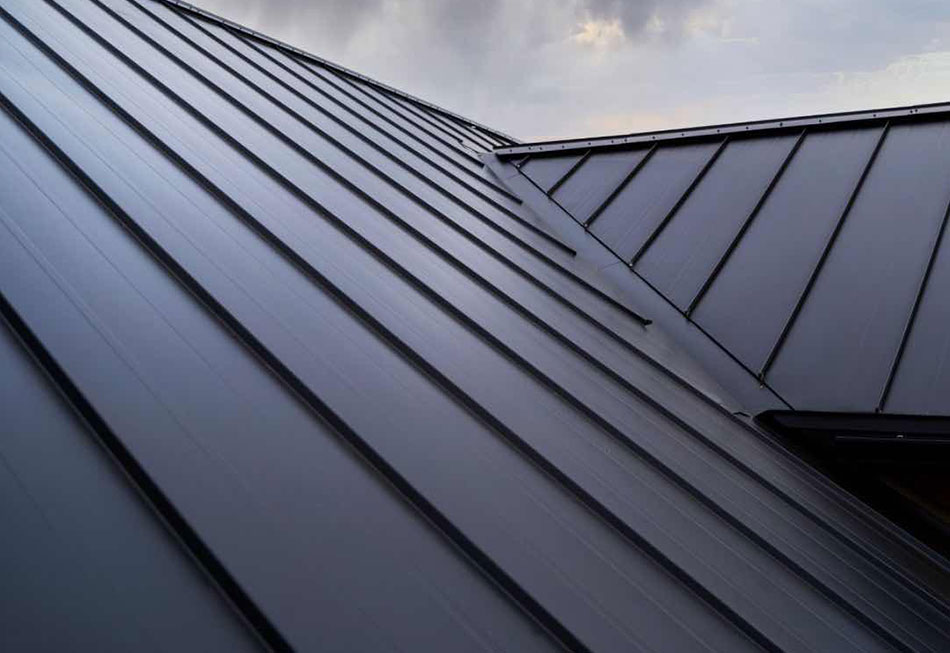
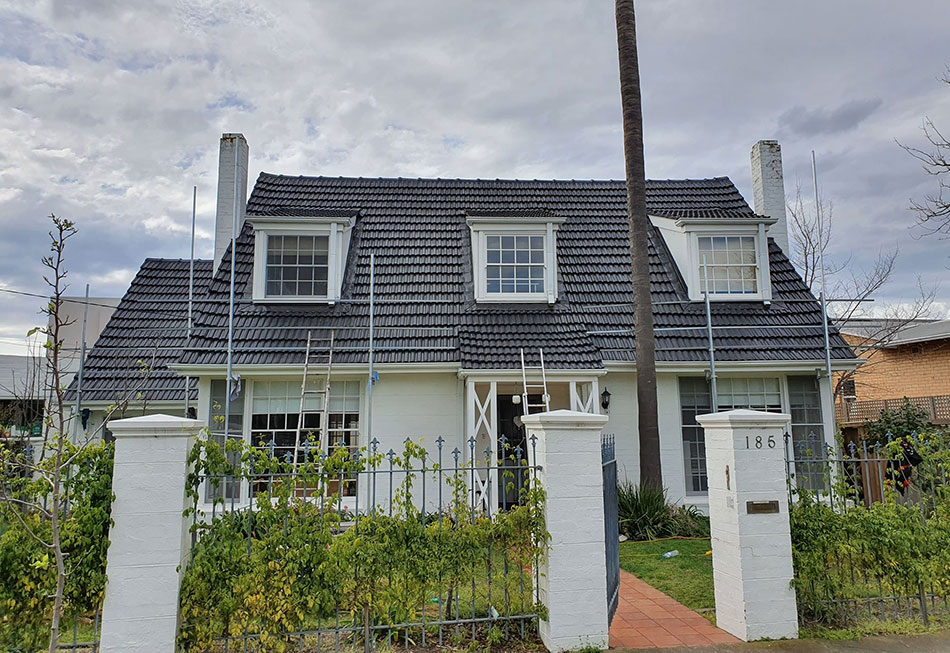
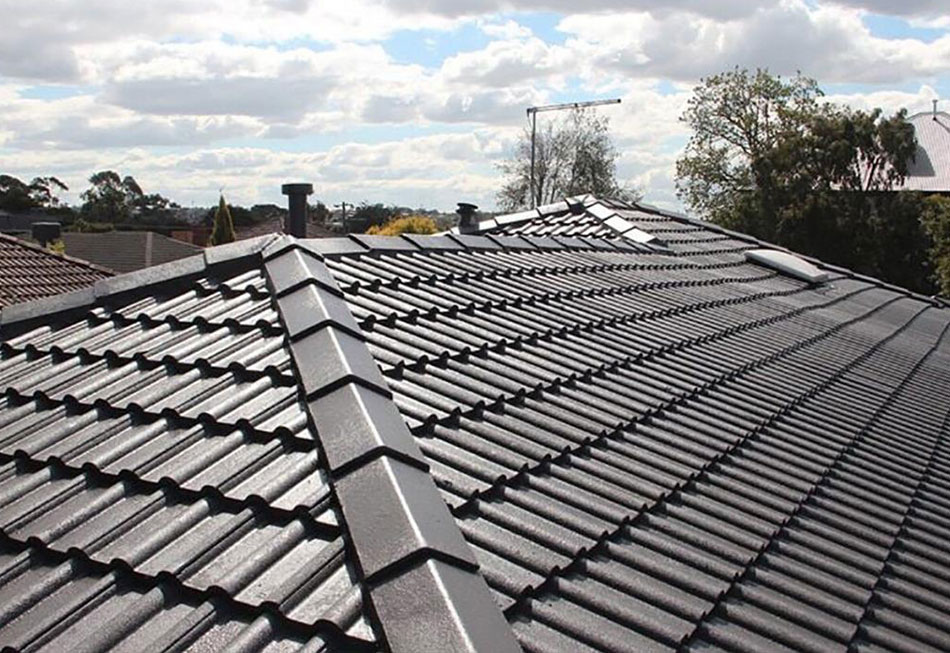

This Post Has 0 Comments